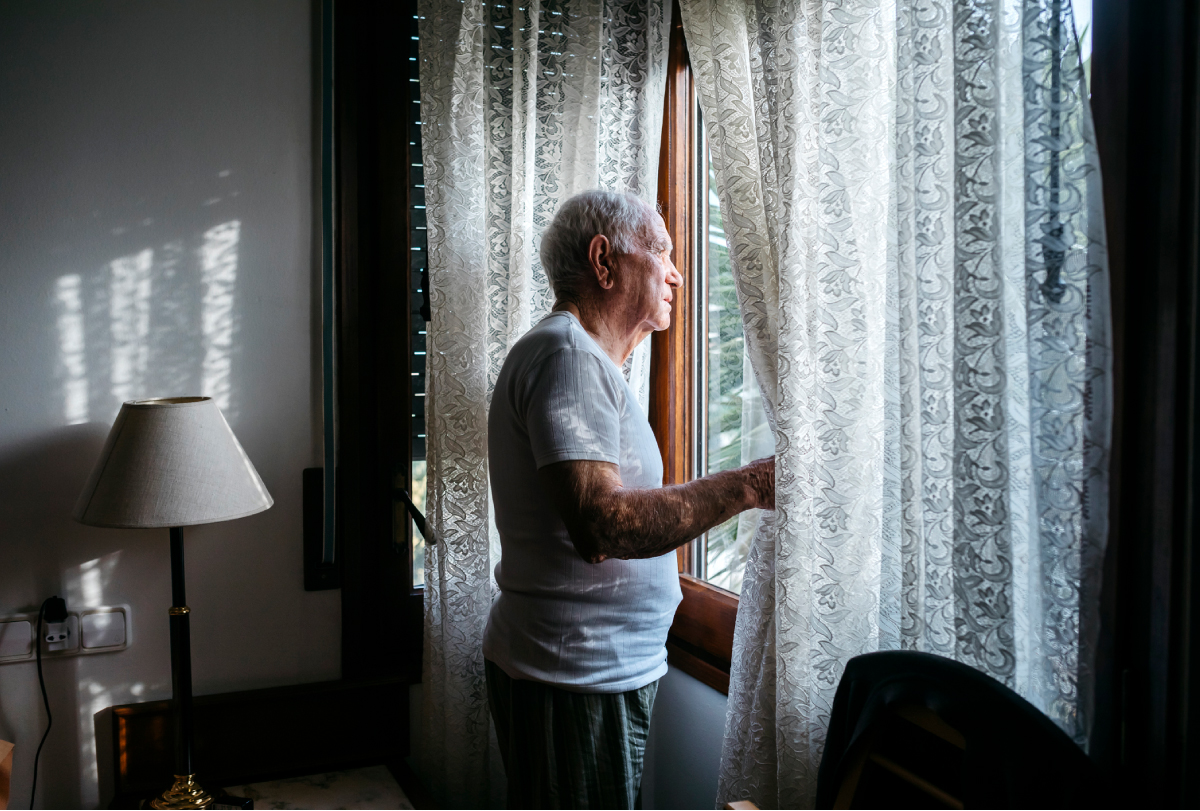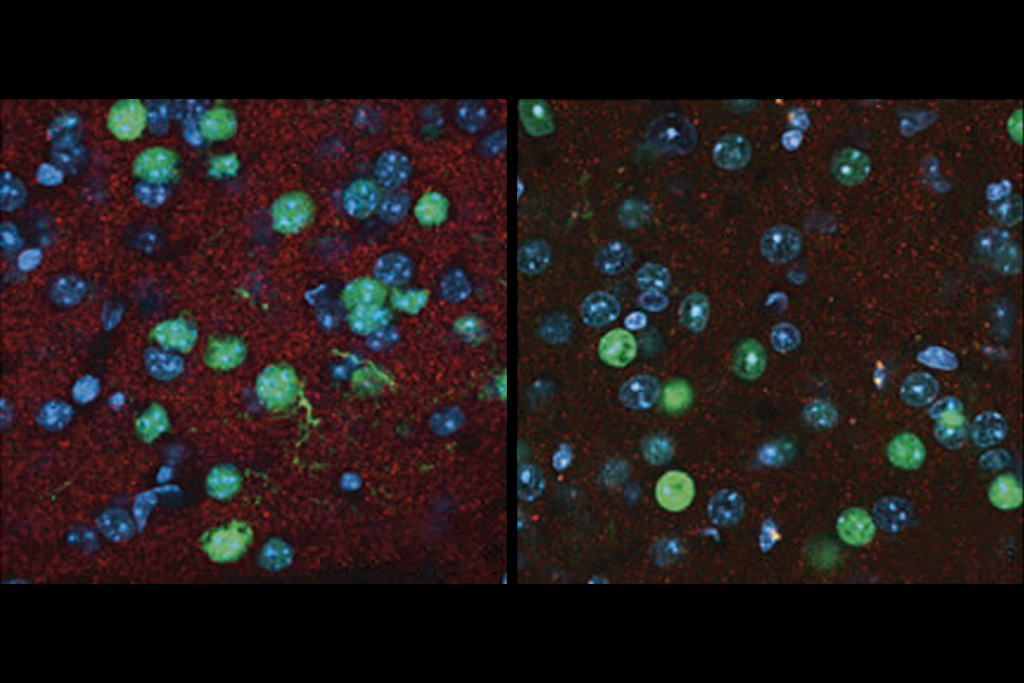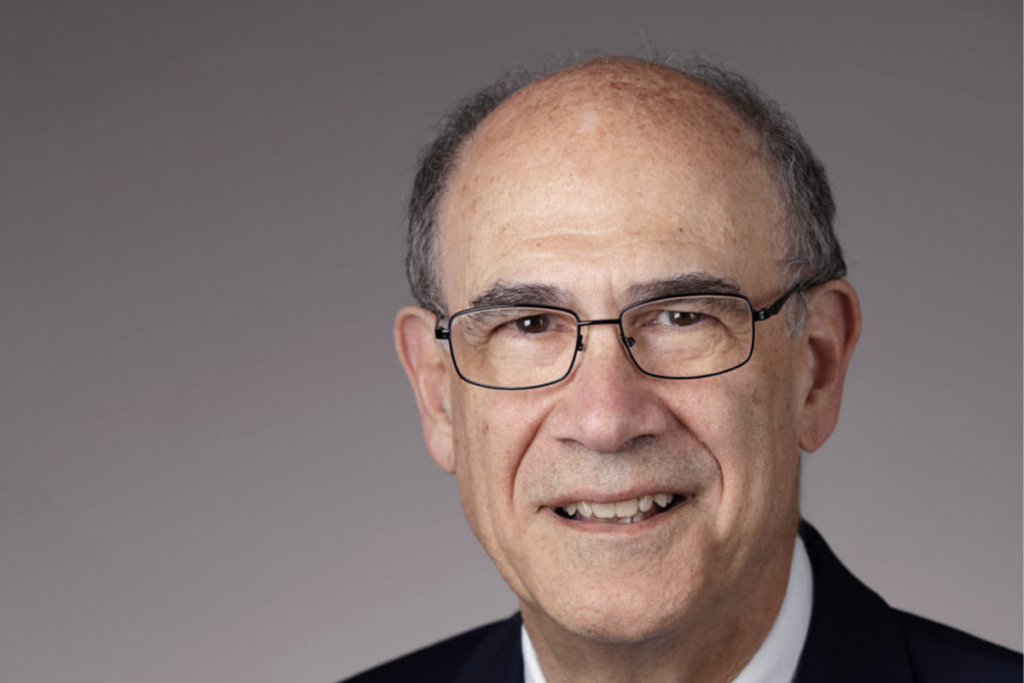Anywhere from 435,700 to nearly 1.2 million people in England may be autistic but undiagnosed, according to a study of primary-care records — an estimate that includes more than 9 in 10 autistic people aged 50 and older.
Living for so long without a diagnosis can have consequences — especially for mental health, says lead investigator William Mandy, professor of neurodevelopmental conditions at University College London in England. “If you don’t have the label,” he says, “you’re less likely to get the adaptations and the support that you might need.”
Mandy and his colleagues examined more than 5 million medical records from 2000 to 2018 to track when people received their diagnosis. Among 602,433 people registered at a primary-care practice in 2018, 1,069 girls and women and 3,635 boys and men had an autism diagnosis. The label was more common among children and adolescents than in adults, ranging from 2.94 percent of 10- to 14-year-olds — who, the team says, likely have the best access to diagnostic services — to only 0.02 percent of people aged 70 and up.
This spread is consistent with the idea that improved autism awareness and the evolution of autism’s diagnostic criteria have contributed to an overall uptick in cases among younger generations, Mandy says.
When the condition first appeared in the “Diagnostic and Statistical Manual of Mental Disorders” (DSM) in 1980, it was “a very, very narrow concept of autism,” he explains, whereas today’s criteria are “more carefully written to reflect a much wider diversity of autistic presentations.”
The team extrapolated lower- and upper-end estimates of undiagnosed autism among England’s population of 56.5 million using different prevalence figures stratified by sex and intellectual ability, ranging from, on average, 1.3 percent — a figure based on a 2011 case-finding study of adults living in private households — up to 2.94 percent, based on the researchers’ own primary-care data. Roughly 0.82 percent of the population — 463,500 people — has been diagnosed, they estimated, and another 0.77 to 2.12 percent likely has autism but remains undiagnosed. Though most people with undiagnosed autism do not have co-occurring intellectual disability, more than half of autistic people with intellectual disability may lack an autism diagnosis.
T
he estimates the team calculated vary for men versus women. Though only 6,300 women aged 50 and older in England have likely received an autism diagnosis, the true number of autistic women in that age group could be anywhere from 48,700 to 163,600. Among women aged 70 and older, the proportion who have an autism diagnosis is miniscule — fewer than 1 in 9,500, the study suggests.The number of undiagnosed older men is potentially even larger, given that autism is thought to be more common in men than women. The team found that 15,300 men aged 50 and older had an autism diagnosis listed in their medical records as of 2018, though some might have received a private diagnosis without informing their primary-care provider. The true number of autistic men aged 50 and older is likely between 223,900 and 449,600, meaning that between 93.6 and 96.6 percent of this cohort may lack the appropriate diagnosis.
The medical records the team relied on did not track diagnosis among gender-diverse people, says study investigator Liz O’Nions, a postdoctoral researcher at University College London. The findings were published in April in The Lancet Regional Health – Europe.
Autism’s potential negative effect on life expectancy, though challenging to model, could have lowered the proportion of autistic people in the study’s older-age cohorts, says Hilde Geurts, professor of clinical neuropsychology at the University of Amsterdam in the Netherlands. Geurts, who was not involved in the study, also works in a specialized mental-health clinic that serves autistic people.
“I think it’s a great study. It’s a huge study, so they have a lot of data. And as far as I could see really quickly, it’s also really clean statistics,” Geurts says. But she also suggests that researchers should consider trying to replicate the study with other large cohorts, such as those in Scandinavian datasets.
The results rest on the assumption that the true prevalence of autism has not changed over time, but “I think that’s a stretch,” says Lisa Croen, director of the Autism Research Program at Kaiser Permanente’s Northern California Division of Research in Oakland. Environmental factors associated with autism, such as having an older parent, have increased in recent decades, she says.
Still, “the point they’re making with their data is right on,” Croen says: A “huge number” of autistic adults need services but have not been identified.
A
fter analyzing rates of new diagnoses from 2000 to 2018, the researchers also found large disparities in autism incidence across age groups.The numbers show that legislative efforts to increase access to adult diagnosis in England haven't yet effectively closed the diagnostic gap between older and younger people, O’Nions says. Although national guidelines state that no one should wait more than three months for their first appointment following a referral, nearly 80 percent of adults (and 67 percent of children) had been waiting at least that long as of July 2022 — and some wait much longer.
There are specific diagnostic challenges associated with older age, Geurts says: Autism can co-occur with dementia and mental illness, for example, and securing a developmental history can be almost impossible when someone’s relatives are no longer alive. “Many people also learned to behave in a specific way to fit in,” she says.
“Adults aren’t going to be as straightforward” to diagnose, says Ruth Carper, research associate professor of psychology at San Diego State University in California, who was not involved in the work but studies older adults with autism. “There’s not expertise on doing that. There’s not experience on doing that.” Even after diagnosis, older adults are less likely to receive autism services. One of her biggest challenges in studying autistic 40- to 70-year-olds, she says, is finding them.
But although services and supports for adults remain scarce, “there's something often very powerful about receiving an autism diagnosis in adulthood,” Mandy says. “It can help you re-narrativize what is often quite a long collection of difficult experiences.”






